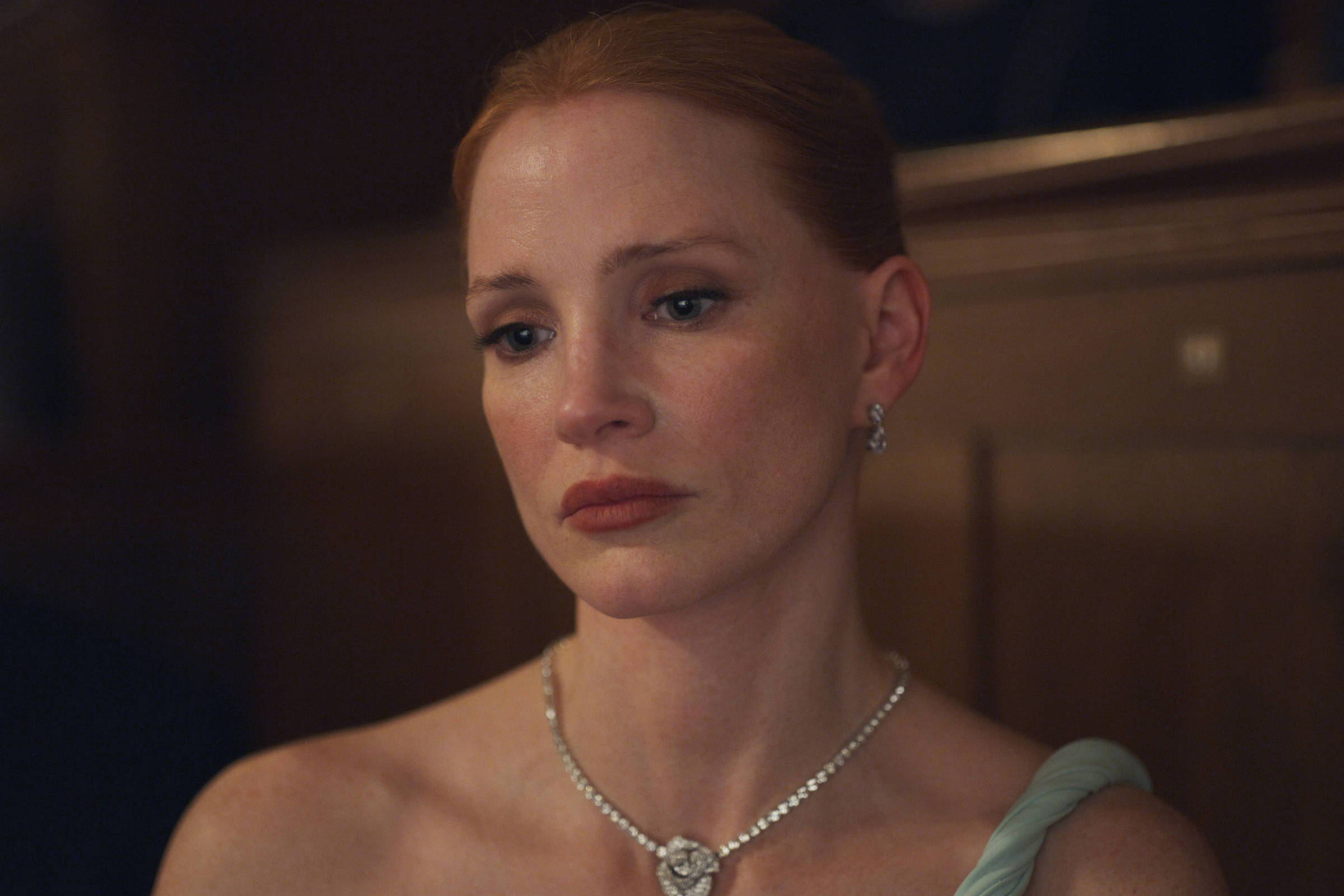
The conflict between rich and poor, the relationship between love and hate, and the struggle of immigrants. When Mexican Michel Franco envisioned the story of his new movie, “Dreams,” to be shown in theaters, he decided these were social issues worth pushing.
“I wanted to talk about a destructive relationship that is sometimes love, but also close to death,” said Franco, who is best known for works that depict dysfunctional relationships and social tensions, such as 2012’s After Lucia. “Then I realized that starting with the intimacy between the two characters, I could also discuss another relationship: the relationship between Mexico and the United States.”
To get to where he wanted to be, he turned to Jessica Chastain, an American actress who became his muse. Two years ago, the two were on the set of the movie Memoria, and the director wondered which of his ideas would create a good new character for her. He concluded that the next protagonist should be Chastain, a shady American socialite. The actress agreed.
In the film, she plays Jennifer, who falls in love with Fernando, a professional dancer from Mexico who moves to America to try his hand at life. The two help each other, but at the same time they create a relationship of emotional and sexual dependence, which gradually reaches its limits.
Franco says his aim was to expose the hypocrisy of the elites. “Jennifer is giving money to Mexicans, but she’s doing it as if it’s charity. And that’s the way these guys are. As if you can pay for the right to be dirty. As if money will make everything clean. She’s a lonely, pathetic character.”
The director says it was especially complicated to release “Dreams” during President Donald Trump’s anti-Latino immigration campaign. Franco considers himself lucky and successful in the United States, but says having Chastain’s face and name on the film’s poster has helped the film gain traction in the country.
“Today it’s more difficult, politically and business-wise. After all, there’s more censorship. And there’s also this dangerous thing called self-censorship, which I would never accept. It’s mediocre to make a film with security in mind.”
That may be why Franco decided to portray not only the bad parts of Chastain’s character, but also Fernando, an immigrant who is not portrayed as a hopeless good guy. At some point, he begins to become aggressive towards his girlfriend.
In the director’s words, it would be weak to depict only Americans as the bad guys. In this sense, Franco filmed scenes of Mexican authorities being violent towards migrants from Venezuela.
These images are based on the tragedy in Ciudad Juárez, Mexico, where dozens of Venezuelans died, most of them burned to death. “Yes, Mexicans are mistreated in the United States, but Mexico also treats immigrants from other countries badly, and this continues to be the case,” the director says.



